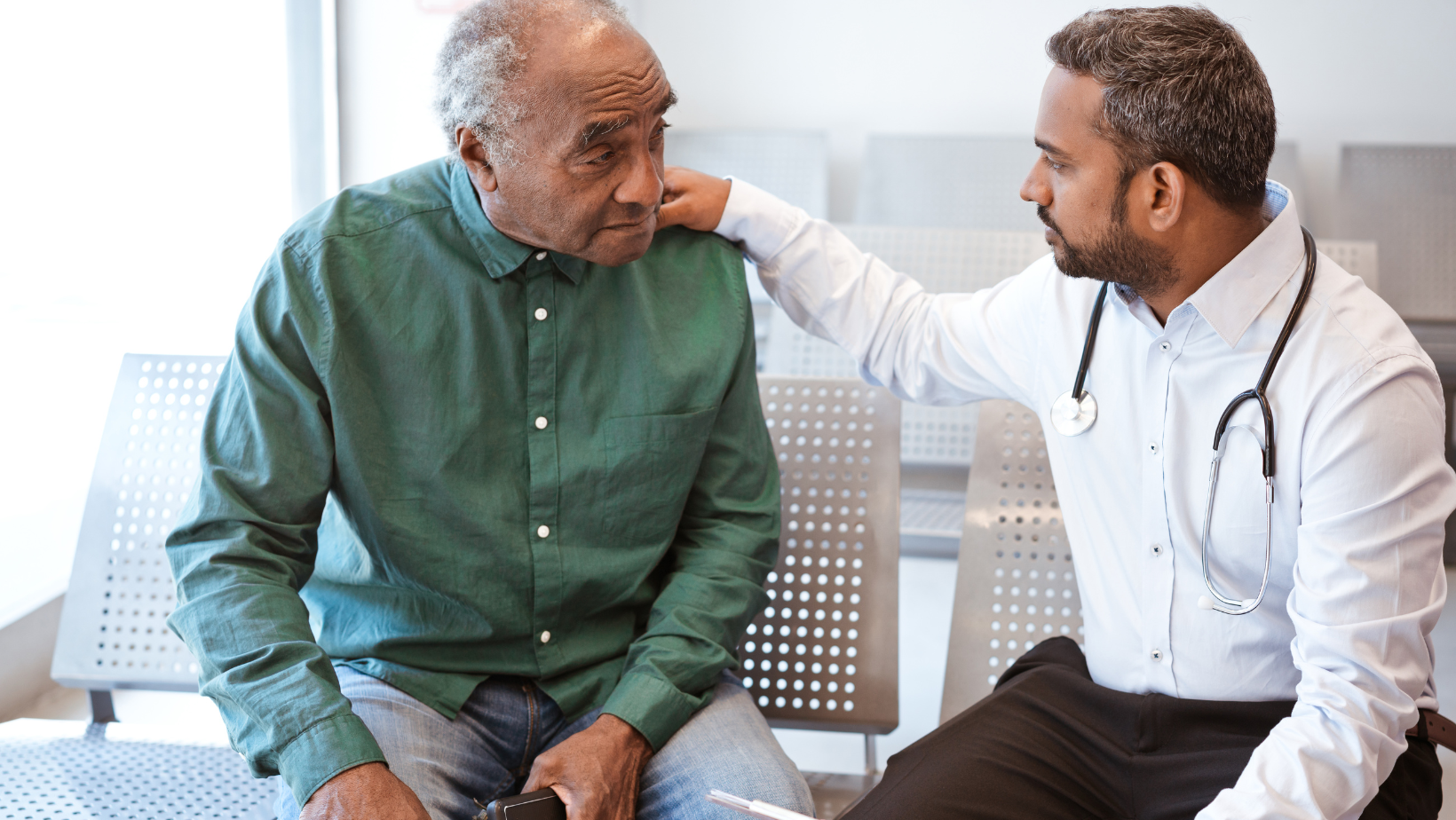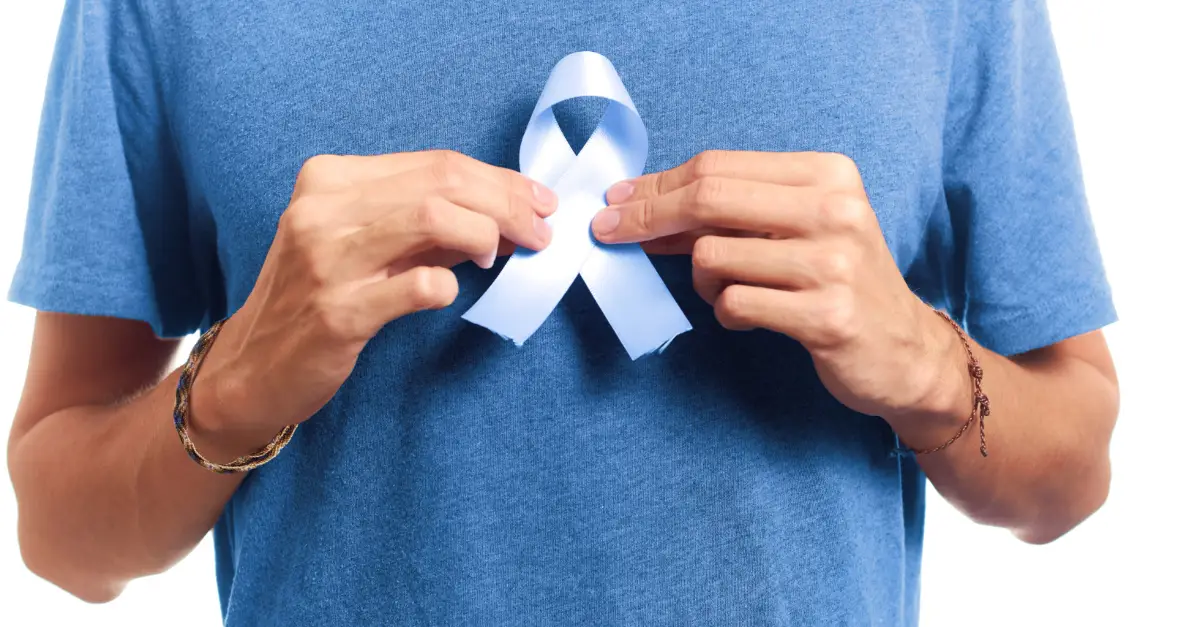Undergoing prostate removal surgery can be a physical and emotional ordeal in life. Recovery after prostate surgery is particularly important. You need to be properly informed about how to achieve a smooth recovery as well as be prepared for possible complications that may arise. In that way you can get back to your everyday life as quickly as possible.
How to Get a Fast Recovery after Prostate Surgery

The majority of patients return home one day after prostate surgery. As with any operation, it is normal for the first week to have an indwelling catheter in place. The catheter may be uncomfortable but remember that it is temporary. Recovery from prostate removal surgery can take anywhere from a few to a few weeks. By following your doctor's instructions and the steps below, you will speed up your recovery and avoid any complications.
Relaxation
Rest is the key to a quick recovery. In the first few weeks it is important not to strain yourself with too much exercise. If your job involves heavy manual work, it would be best to refrain for the first few weeks. Your doctor will tell you accordingly. Don't forget that returning to your routine during recovery should be done gradually.
Gentle and Gradual Exercise
Although resting after prostate surgery is crucial for recovery, mild exercise is not only advisable but necessary. Urologist Mina Fam, M.D., stresses the importance of movement. "I want patients to be up and walking the same day of surgery because any type of cancer surgery carries a risk of blood clotting." Short daily walks can help you regain strength and prevent the risk of blood clots. You can also gradually extend the walking time over the weeks in consultation with your doctor.
Healthy diet
During the first period of recovery, enrich your diet with fruits and vegetables. You should also eat foods rich in plant fiber to prevent constipation.
Fluid Consumption
Consume at least 2 liters of water daily for two weeks to avoid the risk of a possible UTI as well as constipation. It goes without saying that the consumption of alcoholic beverages is prohibited for at least the first 5 weeks of recovery.
Driving
During the first two weeks of recovery, avoid driving and cycling. Driving can cause damaging the internal wound.
Sexual Activity
During your recovery from surgery, sexual activity should also be avoided until advised by your doctor. Follow your doctor's advice and you will have a speedy recovery.
Possible Complications from Prostate Surgery (Prostatectomy).
- Pain.
- Bleeding.
- Chance of infection.
- Erectile dysfunction.
- Bowel dysfunction (Constipation).
- Urinary incontinence.
Is it normal to have incontinence after prostate surgery?
Urinary incontinence after prostate surgery is not normal but occurs in many patients. This is because when the prostate gland is removed the bladder is pulled down, filling the space where the prostate used to be. From there, it connects to the urethra. As part of the procedure, one of the valves that controls the flow of urine is also removed. For this reason, it may be difficult to control leaks.
How long can urinary incontinence last after prostate surgery?
This depends on the type of surgery, the patient's age and health. Urinary incontinence and leakage can last from a few months to a year. Of course, this does not mean that you should be disappointed because it is not a permanent situation. Over time, incontinence will be decreased and you will have better control of your bladder. Is there any solution?
There are many effective approaches you can try to deal with incontinence. Starting with non-invasive treatments or physical therapy to strengthen your pelvic floor muscles. Kegels exercises can be particularly beneficial. They involve contracting and relaxing the muscles in the pelvic floor. These exercises can not only improve your ability to hold urine, but also reduce the number of times you have to pee.
"Incontinence diapers are probably the most common way to deal with it, but there are other ways to deal with incontinence".
Many men are unprepared for the bladder leaks can occur after the removal of the prostate. Even when incontinence doesn't last long, it's important that they have some options for how to stay dry while they recover. Think about your lifestyle and find a product that matches it and suits you. Incontinence diapers may need to be changed several times a day and be sure to be somewhere with a toilet. They can also be bulky, uncomfortable when wet, and in the long run are an expensive solution.
External Devices
External Peripheral Catheter
External perineal catheters are placed in the penis so that urine can flow into a ureter. Catheter bags are tied to the leg under clothing during the day and may rest next to the bed at night.
External Peripheral Catheter B Braun Urimed Vision
They are a discreet choice as they do not show over clothing. They are suitable for long periods, for sports and keep the skin dry. can help prevent bad smell, are very convenient for storage, do not take up space and are ideal for travel. You can empty the catheter bag as soon as it is full in a toilet. The only possible disadvantage is that it may not always fit properly with the possibility of microleakage.
Penis Clamp
A penile clamp uses a hinged, rigid frame that supports two pads and a locking mechanism. Controls leakage by applying constant pressure to the penis. Can stop leakage, simple to remove, can be washed and reused. However, it must be moved up or down the shaft of the penis every 2 hours. Also, it can only be worn for short periods of time and must be removed during sleep and when urinating. Several men describe it as uncomfortable or painful.
Artificial Sphincter
The artificial urinary sphincter (AUS) is placed inside the body. A cuff filled with saline keeps the urethra closed and a pump in the scrotum allows urination on demand. AUS is designed for after prostate surgery. It mimics the function of a normal, healthy urinary sphincter. The downside is that it requires manual dexterity and there are some risks involved. These risks are tissue wear/loss (device/tissue erosion), inability to urinate, infection and pain. As a result, additional surgery may be needed.
${{products:112,109,97}}


